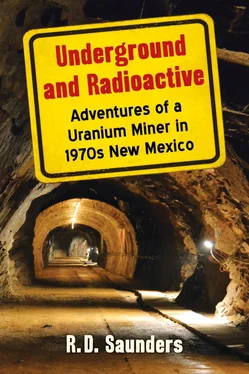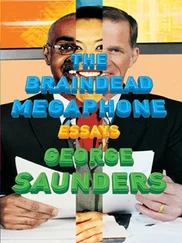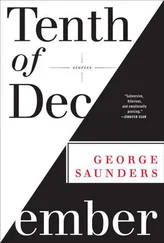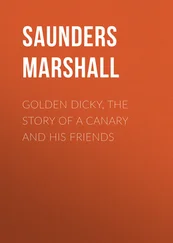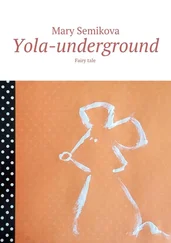During those months I watched a lot of TV and went for some walks in the San Rafael area, but that was about the extent of it for quite some time. When walking around got old, I went to a western outfitter in town and found a shirt that was two or three sizes too big but would fit over my body cast. Doing so I was able to go to the Iron Blossom by wearing my huge western shirt over the cast. I talked myself into thinking it was fine, but I can only imagine how preposterous that must have looked. Good thing we were all drinking.
Those few trips didn’t work out well, and it wasn’t the same as when I had been working. It was as if I wasn’t a part of the underground fraternity anymore, so after a couple of attempts at it, I quit going.
I had ample opportunity to reflect during that three-month period, so that’s what I did. Although I loved working underground, I had to admit it wasn’t a real safe environment. Besides my own, I’d seen a lot of injuries and many far worse.
I really wasn’t the best miner, or close to it, and wasn’t sure I ever would be or ever wanted to be for that matter. Mostly I just liked the people I worked with, the honest hard work I did, the money and being underground.
The time was rapidly approaching when I would have to decide to either go back out to Section 35 or quit. Quitting would be no hardship, as I had managed to save a good chunk of what I had made.
I was medically cleared to return to work on a Friday yet still hadn’t decided what do. After further considering everything over the weekend, I made myself a lunch, filled up my thermos, and headed back out to Section 35, still unsure whether I was going to work or quit.
I had with me a well-worn, beaten, grayish looking hard hat, thoroughly broken in overalls and my beat up boots. Although I’d been gone for a few months any new guys out by the headframe, who didn’t know who I was, would assuredly know what I was. No greenhorn I.
But, somewhere along the thirty-mile stretch of highway out to Ambrosia Lake, it came to me that this was it. I was done with mining.
Pulling into the parking lot for what was to be the final time, I was already turning melancholy, but my mind was made up.
Entering the Dry, I was greeted by several of my fellow miners welcoming me back, but in reality I was already gone, and in passing didn’t have much to say to them, as I was no longer a part of the subterranean fraternity.
Making my way down the hallway of the mine offices, I stopped and knocked on Shotgun’s door. He was seated behind his desk looking over some paperwork and when he looked up at me quietly standing there I said, “I’m quitting.”
Thankfully, doubtless with my wellbeing in mind, he did not attempt to talk me out it because he would likely have succeeded in doing so. Instead, “OK. Sorry to see you go, but good luck,” was all he had to say.
My mining days now over I left the Dry feeling a little down, but glancing to my right was immediately buoyed by the sight of a small group of new hands, they of the shiny hard hats and clean clothes, bunched together near the headframe. Smiling to myself I thought, Good luck, I hope you have as much fun as I did.
I never saw Cal Cargill again, but I kept track of him as best I could over the years. He returned to his life and family in Montana. He passed away in 2006, so I suppose he wasn’t as old as I thought he was back in 1976.
Shotgun Buchanan worked for many years as a mining engineer in Montana, New Mexico, Nevada, Oregon, Arizona, and even Indonesia. He eventually returned home to Whitehall, Montana where he passed away in 2016.
After Greg Hornaday vanished, I never saw him again but later learned that he continued on in underground mining and, later, construction work as an explosives expert. He must have been good to have lasted so long.
Al Friedt, the hard-working and good-natured helper, I rarely saw at Section 35 after we were no longer partners. I knew from looking at the contract postings that he did well. I heard he hung on mining uranium until the mines shut down in the 1980s.
Anthony Gonzales I never saw or heard from again, but I do hope he managed to get his driver’s license and his Firebird back. Oh, and sorry about that death grip on your arm, and thanks for getting help, Anthony.
My first boss underground, Frankie Garcia, I never heard a word about until many, many years later, when I discovered that my Albuquerque barber was his brother-in-law. Small world. I wonder if he remembers the knucklehead laborer he sent to open an ore chute?
Bill Clark and many others from the Butte, Montana, area either returned to Butte after the uranium boom ended in Grants or fanned out to areas of the country where underground miners were still in demand.
As it was such a fascinating life to have lived in a boomtown and to have worked in a uranium mine alongside such an extraordinary group of people, I’m fairly certain, had I not been injured, I would have continued mining for quite some time.
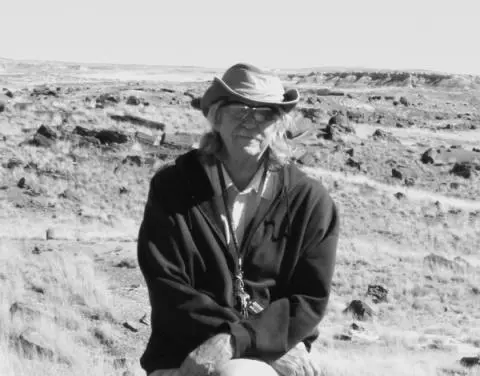
The author in 2016 (photograph by Marti Martienssen).
I stayed in New Mexico, continued on with my education, and had a decent enough career in economic research. Not many days go by that I don’t miss being underground though.
As eventually befalls most mining boomtowns, when the ore runs out or the demand for the end product disappears, Grants is a ghost of its former self, having been hard hit by the downturn in uranium prices in the early 1980s, due primarily to imported ore and the cessation of nuclear power plant construction.
Now, with the mines closed and the thousands of miners and their families gone, there are a few boarded up businesses and relatively few vehicles on the streets of Grants. Even so, every time I visit, what I envision driving down First Street or Santa Fe Avenue, is a vibrant community, bumper-to-bumper traffic, the long defunct Iron Blossom full of boisterous miners and a line of vehicles waiting to fill up at the now abandoned Kerr-McGee service station.
Although my former home nearby is long gone, San Rafael appears today as it did during the uranium boom; a beautiful green oasis.
A massive cleanup effort has helped to remediate some of the damage that was done as a result of the mining and milling process, and is ongoing. Most of the land has the look of stunning high desert country once again. It’s difficult to tell from afar there were ever any mines in the area at all.
On the long empty stretches of two lane blacktop, it is a leisurely, scenic drive out to Ambrosia Lake these days. Gone are the thousands of mine employees racing to and from work; the hundreds upon hundreds of vehicles having been replaced only by an occasional traveler now.
The former entranceway to Kermac’s Section 35, and the rutted road beyond remain, but the rusted gate is now closed.
Back—The ceiling or roof of an underground opening.
Backfill—Waste material used to fill the void created by mining an ore body.
Block caving—An inexpensive method of mining in which large blocks of ore are undercut, causing the ore to break or cave under its own weight.
Cage—The conveyance used to transport men and equipment between the surface and the mine levels.
Chute—An opening, usually constructed of timber and equipped with a gate, through which ore is drawn from a stope into mine cars.
Development—Underground work carried out for the purpose of opening up a mineral deposit. Includes shaft sinking, crosscutting, drifting, and raising.
Читать дальше
